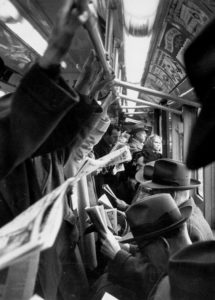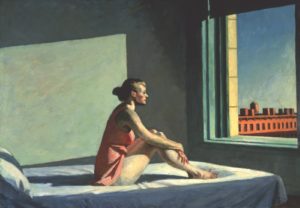Type of progym: Encomium

Personally, I think we can all resonate with Frow’s explanation of nostalgia as a “social disease”, especially during these difficult times. compares nostalgia with the sense of certain losses including
“the sense of loss of personal wholeness and moral certainty”,
“the sense of loss of individual freedom and autonomy”, and
“the sense of loss of simplicity, personal authenticity, and emotional spontaneity”
While he was talking more about travel, I couldn’t help but relate it back to everyone’s abrupt change due to lifestyle due to Coronavirus. Since March, the world as we know it has completely changed, many might argue for the worse. I know we are all tired of talking about Coronavirus and quarantine and everything of the sort, it’s definitely taken a toll on a lot of people’s mental health. However, we can’t help but long for the life we had before everything dramatically changed. Especially during those first weeks of isolation, it felt like we were living based on past memories. Even though I’m more of an introvert, I found myself missing being around people in every way possible.
I felt like I took every small moment for granted, from bumping into random strangers when walking in the street to eating inside a restaurant with my best friends. Like Frow mentioned, it felt like I had lost my sense of individual freedom and authority, since I was now required, along with basically the entire world, to stay inside my house and stay at least six feet apart from one another. I long for the days where we could all go out and the streets were full of people, all from different walks of life. Even the dreadful task of barely making it inside a packed metro cart during rush hour seems like such a good, joyful memory when I think back on it. Certainly, nothing sounds more fulfilling than being able to have a short conversation with a stranger who you will never cross paths with again. Yet, we’re advised to not get too close to each other and hide our expressions behind a face mask, or we might catch a deadly virus and end up being another fatality.
I surely took all of these simple times for granted, which is something I heavily regret. Going out to somewhere packed where not a single person is wearing a mask seems like a thing of the past, but I still find myself hoping to go back to those times. For now, I can just reminisce about all those nostalgia-filled moments.
 Edward Hopper, Morning Sun (1952)
Edward Hopper, Morning Sun (1952)